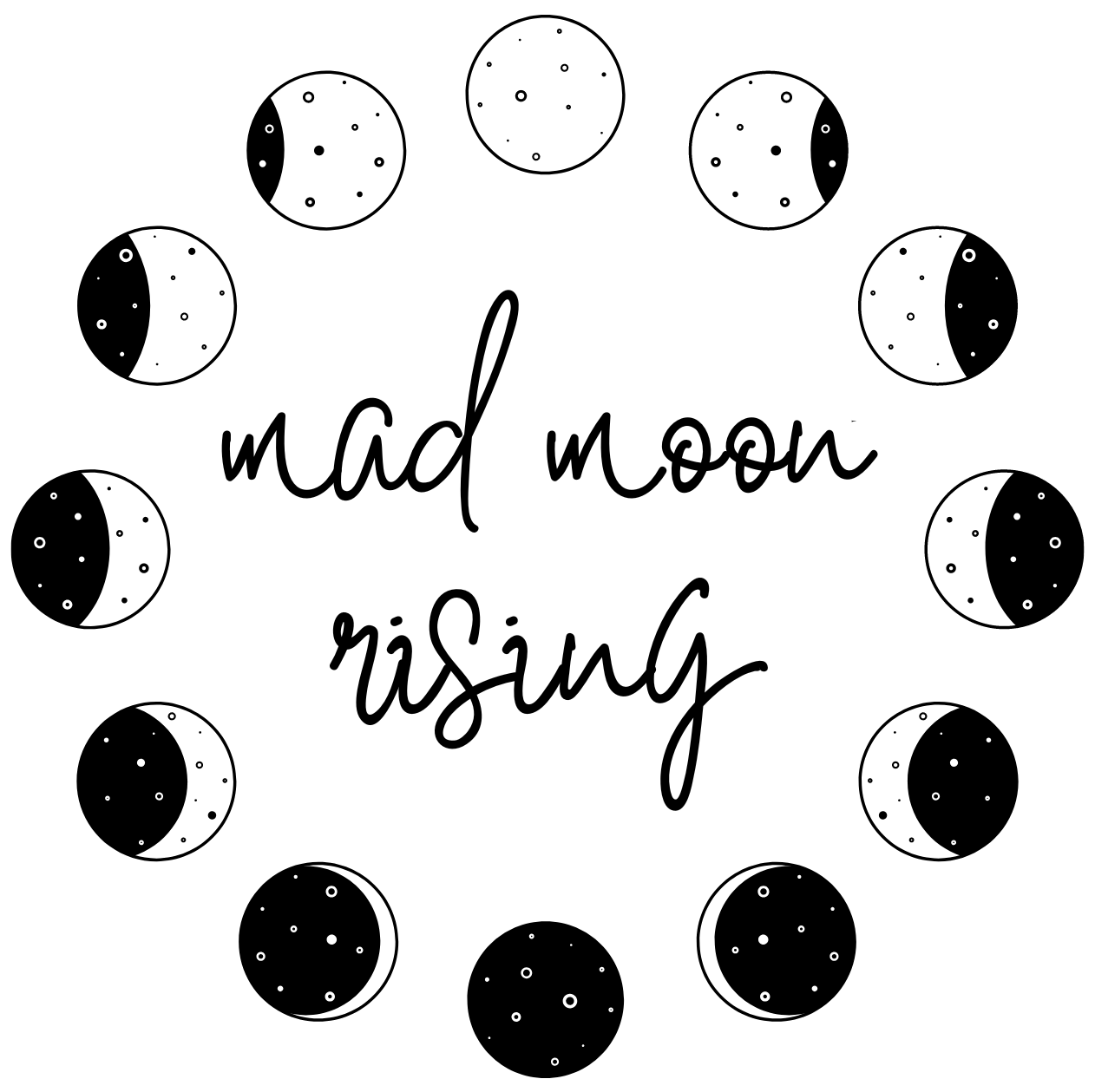What’s in a Name?
I’ve been involved in some way or another with the mental healthcare system in America for as long as I can remember, and in that time I’ve been designated with nearly every acronym you can think of — C-PTSD (complex post-traumatic stress disorder), ADHD (attention deficit hyperactivity disorder), OCD (obsessive-compulsive disorder), BPD (borderline personality disorder), SUD (substance use disorder), SAD (social anxiety disorder — my favorite acronym of the bunch), EDNOS (eating disorder not otherwise specified), and the list goes on.
Trying to navigate the world of mental health professionals and their obsession with the DSM* as a 10-year-old was difficult, and it hasn’t gotten any easier at 31. Often, I long to be one of those people who can just say “I have bipolar disorder,” and use that as a clear explanation for why I’ve spent the last two weeks in bed. And it’d be a lie to say that I don’t sometimes do this — but it always comes with the sting of recognition that I am obscuring not only my own lived experience, but that of so many others as well.
I am, in the words of the psychiatric community, someone with comorbidity.
comorbidity /kōmôrˈbidədē/ noun. — the simultaneous presence of two or more diseases or medical conditions in a patient.
In the context of psychiatry, comorbidity happens when someone has a co-occuring (sometimes referred to as concomitant or concurrent) disorder in addition to their primary condition. For instance, depression with anxiety is a common comorbidity. So is substance use disorder with basically any psychiatric diagnosis you can think of. In fact, many diagnoses, such as so-called personality disorders, have such high comorbidity rates that more than half of the people diagnosed with them have a comorbid condition as well.
The trouble with comorbidity, as you may have already guessed, is that it creates a causality (“chicken or egg”) dilemma. In attempting to identify the index disease (i.e. the primary disorder), the question arises of whether it’s even possible to pinpoint any one underlying mental health condition or if, in fact, all of the conditions rely on an interdependence that negates the concept of precedence altogether. This presents an enormous challenge to the methodology of modern psychiatry and public health as a whole; in short, it’s a mindfuck.
I Contain Multitudes
What I’ve come to believe is that comorbidity — like so many other concepts that marginalized groups rely on in order to achieve some semblance of equality in this country — is a flawed albeit necessary term. It has both challenged and reinforced our discriminatory mental healthcare system, a system that often exacerbates the very problems that it’s meant to address. What I’ve also come to see is that, in a similar way to how multiple forms of discrimination often combine, intersect, and overlap in a person’s lived experience, so, too, do mental illnesses, creating complex interactions that undermine the very concept of psychiatric diagnosis altogether. Just as a person is never just one identity, so too, are we never just one diagnosis. Rather than reducing myself and others to a singular categorization, my hope is that I can learn to embrace my multiplicities, not only in terms of neurodiversity but my life as a whole.
*The Diagnostic and Statistical Manual of Mental Disorders, considered to be the principal authority on psychiatric diagnoses in the United States, and the medical tool most commonly used for insurance reimbursement purposes

